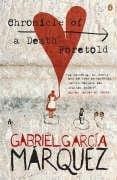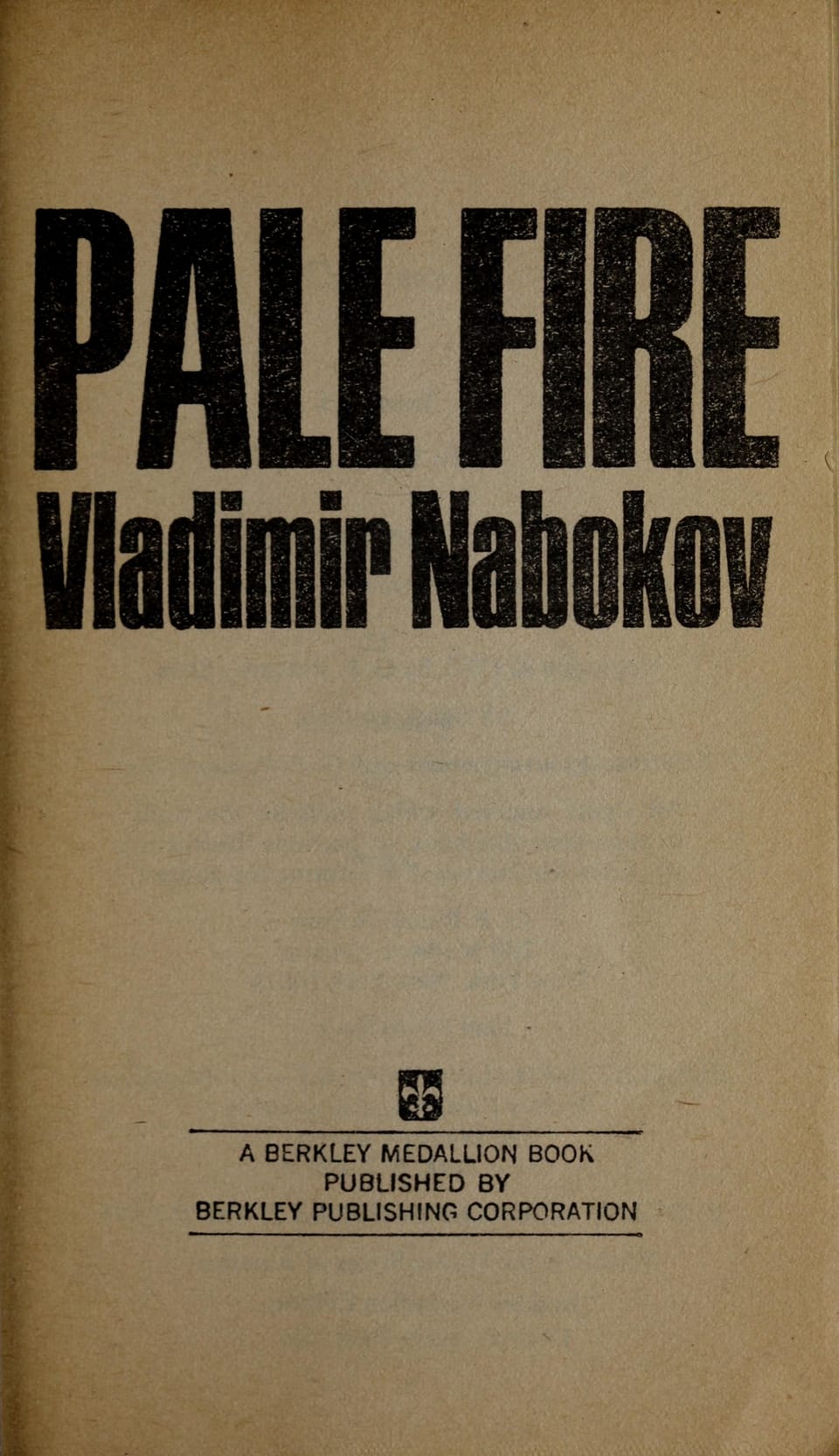Chronicle of a Death Foretold: An In-Depth Literary Analysis
Gabriel García Márquez’s Chronicle of a Death Foretold blends journalism, mystery and myth to unravel honor, fate and memory in a small Colombian town.

Introduction
Gabriel García Márquez’s novella Chronicle of a Death Foretold was first published in 1981, yet its haunting depiction of communal complicity and fatalism still resonates with readers worldwide. Both a crime report and a work of magical realism, the book reconstructs the events leading up to the seemingly inevitable murder of Santiago Nasar in a small Caribbean town. This article offers an 800-word guide to the plot, themes, structure, and cultural backdrop of the story, providing students, educators, and casual readers with a concise understanding of why the work endures.
Plot Summary
The narrative opens with the stark announcement that Santiago Nasar will be killed that morning. The entire town, except Santiago himself, knows the Vicario brothers are planning the crime to defend their sister Angela’s honor after her brief marriage ends in scandal. Through nonlinear flashbacks, testimonies, and conflicting memories, an unnamed journalist narrator attempts to piece together how a murder foretold so publicly could remain unstoppable. Despite countless chance encounters—warned townspeople, a misplaced note, a door left unlocked—fate advances relentlessly. The Vicario brothers butcher Santiago with pig-killing knives in front of witnesses, cementing the story as both tragedy and social indictment.
Themes and Symbols
Honor and Social Codes
At the heart of Chronicle of a Death Foretold lies the destructive concept of honor. Angela’s alleged premarital affair obliges her brothers to cleanse family reputation through violence, a duty sanctioned by church, law, and public opinion. Márquez exposes how rigid honor codes can eclipse individual morality; almost every character believes the murder is regrettable yet justified. The author invites modern readers to question traditions that prioritize reputation over human life.
Fate Versus Free Will
The novella’s structure mimics an ancient Greek tragedy, emphasizing inevitability. By revealing the victim’s death in the opening line, Márquez shifts focus from what happens to why it cannot be prevented. Characters repeat that circumstances were “written since forever,” illustrating a collective surrender to destiny. Still, scattered details—Cristo Bedoya’s frantic search, Clotilde’s pleas to dissuade the killers—suggest missed opportunities for choice. This tension provokes readers to ponder their own roles in altering unjust outcomes.
Collective Guilt and Memory
The town’s residents share culpability for Santiago’s death, yet each person remembers events differently. Through contradictory testimonies, Márquez interrogates the reliability of memory and official history. The fog of recollection symbolizes societal denial; 27 years later, no one fully accepts responsibility. The story thus becomes a commentary on how communities rewrite uncomfortable truths to absolve themselves.
Symbolism of Weather and Animals
Márquez enriches the narrative with recurring symbols. The oppressive heat and sticky Caribbean humidity foreshadow the bloody climax, while the bishop’s passing boat underscores institutional indifference. Animals mirror human violence: the disemboweled rabbits that disgust Victoria Guzmán prefigure Santiago’s slaughter, and pigs represent the town’s desensitization to butchery.
Narrative Style and Structure
Written like an investigative report, the novella blends journalism with literary artistry. Testimonies are quoted verbatim, case files are consulted, and precise times are logged, lending documentary realism. Yet Márquez’s signature magical realism surfaces in dreamlike imagery, such as the surreal vision of trees blossoming with birds. The nonlinear timeline, hopping between past and present, underscores the fragmented nature of truth. By arranging evidence out of order, Márquez forces readers to act as detectives, reassembling the puzzle and confronting their bias.
Cultural and Historical Context
Although fictional, the story is rooted in real events that occurred in Sucre, Colombia, during the 1950s. The tale reflects a patriarchal society where women’s sexuality is policed and violence becomes a tool of social regulation. Postcolonial class divisions loom large: Santiago, of Arab descent and affluent, occupies a liminal space—both insider and outsider—amplifying tensions of ethnicity and wealth. Additionally, the novella was published during the Latin American literary Boom, a period when writers like Julio Cortázar and Mario Vargas Llosa experimented with narrative form to critique political realities.
Why Read Chronicle of a Death Foretold Today?
Beyond its rich prose, the book offers a timeless meditation on moral responsibility. In an age of viral misinformation and bystander apathy, the townspeople’s passive spectatorship feels eerily contemporary. The novella also serves as an accessible entry point to García Márquez’s broader body of work; at just over 100 pages, it delivers the author’s visionary style without the sprawl of One Hundred Years of Solitude. For students, it sparks interdisciplinary discussions that blend literature, sociology, and ethics.
Conclusion
Chronicle of a Death Foretold endures because it exposes how ordinary people, bound by tradition and fear, can conspire in tragedy through inaction. Gabriel García Márquez transforms a regional anecdote into a universal warning about the costs of collective silence. Whether you are revisiting the novella or opening it for the first time, its layered storytelling invites critical reflection long after the final, fatal blow is struck.



